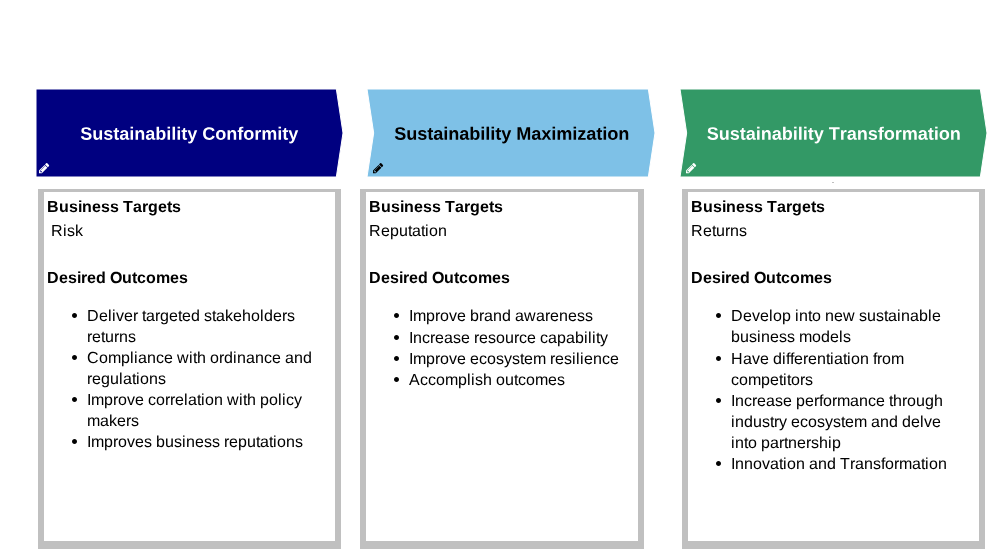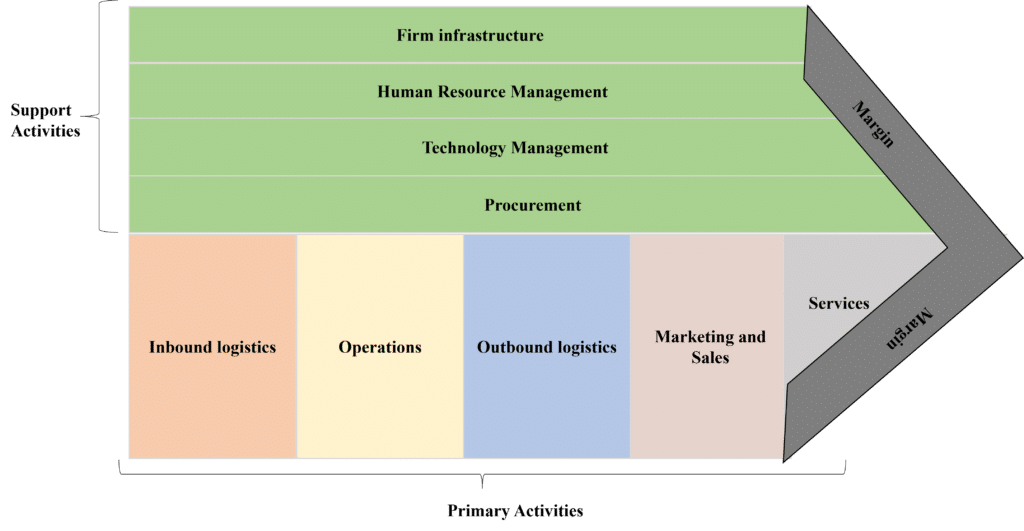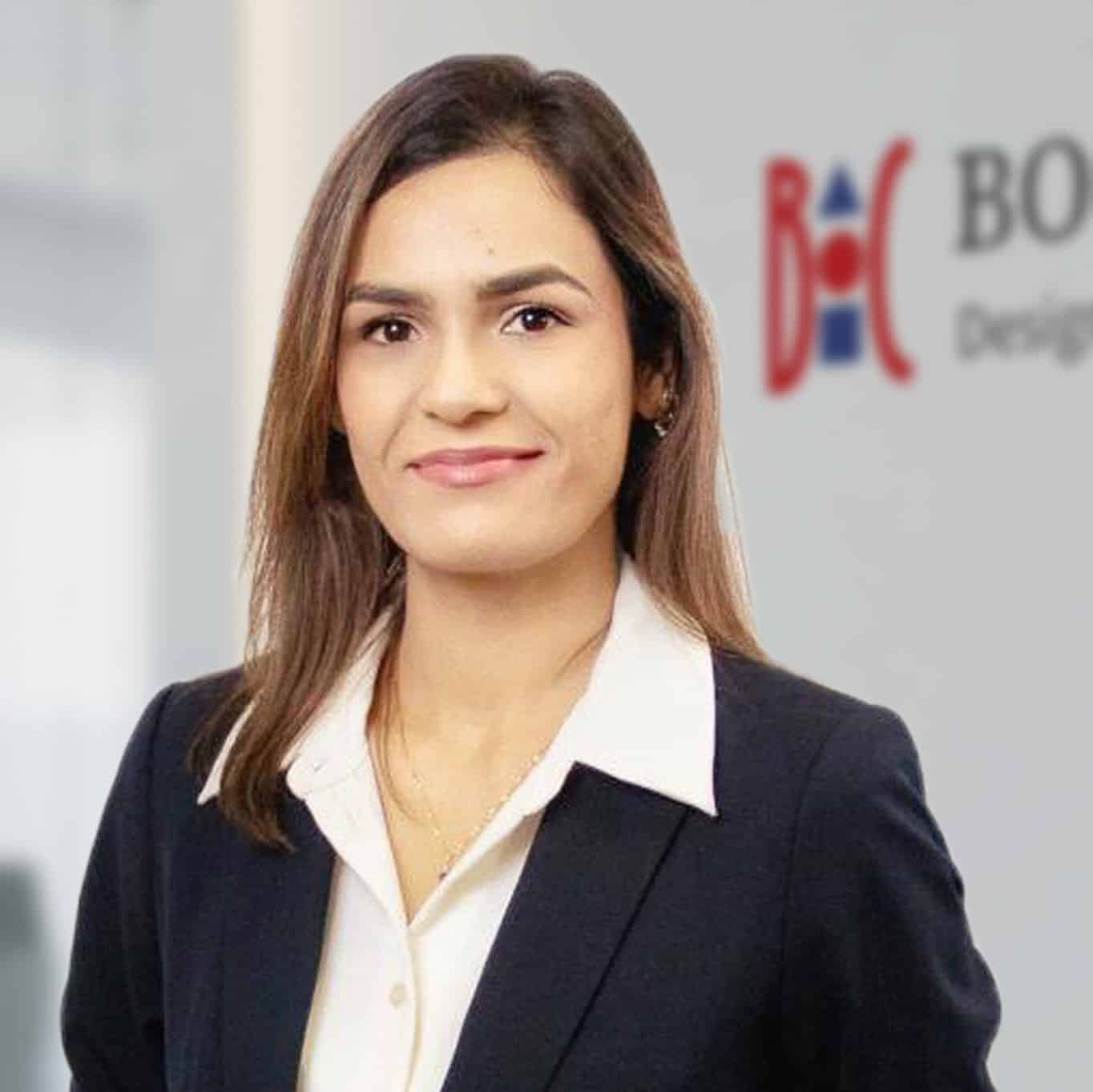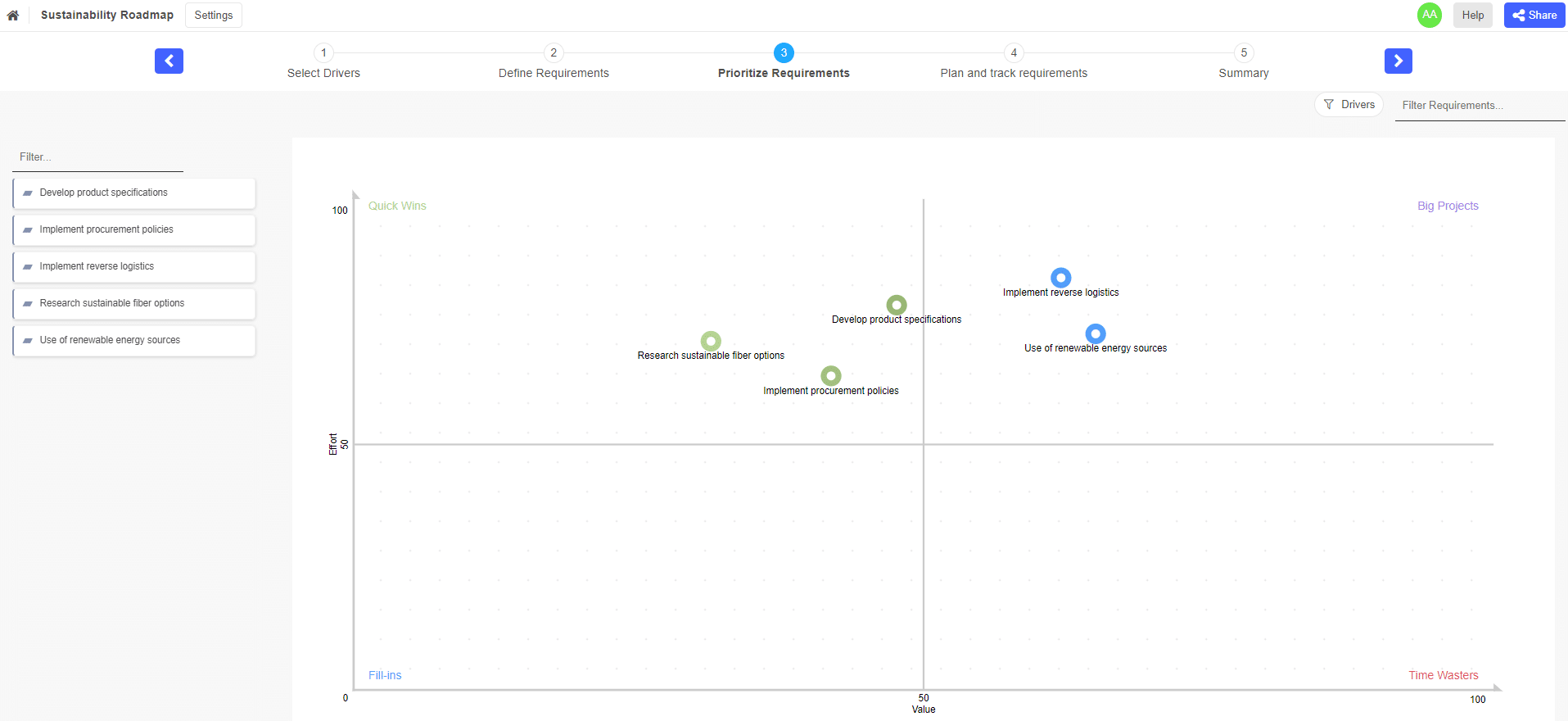Introduction
Sustainability is a key market driver and growth lever worldwide. Organizations today recognize that achieving their economic goals in the long run requires a focus on sustainability. The concept of triple bottom line emphasizes the integration of social, environmental, and economic aspects. It enables organizations to pursue sustainable practices and long-term success by considering the broader impacts of their actions.
What does this mean for the strategic direction of our companies?
Mr. McGuire’s one-word advice in the movie “The Graduate” was ultimately proven wrong. You may have already guessed the real answer from the title of this blog: Our organization’s strategic roadmaps must take into account economic, environmental and social issues. In this blog, you will learn how you can achieve your sustainability goals and how Enterprise Architecture can help you do so.
Tipp: Explore the intersection of sustainability and EA to future-proof your business operations.

Roadmapping in the context of sustainability transformation
Roadmapping is a technique for visualizing and concretizing a strategy against a timeline. In the course of this process, effective roadmaps that show the key steps and achievements required to put the strategy into action within a given timeframe are created.
The pursuit of sustainability is a huge endeavor with many stakeholders at a global scale, making it a very complex effort. An impactful roadmap that follows the triple bottom line principles does not stop with sustainability conformity or maximization. Rather, it aims at sustainability transformation where sustainability principles are an integral part of the organization’s business models.

Strategic goal setting of a sustainable business
How to design a roadmap to achieve sustainability transformation?
Step 1: Start with your value flow
Draw a high-level flow diagram of your organization’s main activities. i.e. your organization’s value chain. You can use the well-known Porter Value Chain as a guide. The value flow is used as basis for forming a bigger picture, to analyse and visualize your entire organization at one page.

Michael Porter’s Value chain Analysis
You may also consider the main structure of the SCOR model, as you would normally look at the entire supply chain rather than just the internal value stream stages of your business.

The SCOR Framework to improve supply chain performance
For a company in the garment manufacturing and retail industry, the value chain could look like the example below. Please note that we have included the often neglected but important step of reverse logistics.

Example of a garment manufacturing value chain
For each step of your value chain, you then identify the key business capabilities. In this context, a capability refers to a unique combination of people, processes, and technologies that enable you to achieve specific results and create value.

Example of a garment manufacturing value chain including main capabilities
For each of these capabilities you then identify:
- what type of energy (water, land etc.) and
- what type of resources (materials) are used.
In addition, you need to determine which stakeholders influence the delivery of capability output and are influenced by the processes underlying the capabilities:
- workers,
- local communities,
- particularly vulnerable groups, but also
- relevant business departments

Digging deeper – The right level of detail for your sustainability analysis: resources, materials and stakeholders per business capability
Now we are ready to think about issues such as the environment, human rights, working conditions and fair business practices.
Hint: You want to learn more ? about Capability Mapping? Get started with our Capability Mapping free e-learning!
Step 2: Identify sustainability requirements for each of the capabilities
Take the above capability “Garment Production”. You might identify requirements such as:
- Research sustainable fiber options: The company should research and identify sustainable fiber options that are available and serve the purpose of fabric aesthetics, such as organic cotton, recycled polyester, or other sustainable fibers like Bamboo, Lyocell, Jute, that meet its quality and production requirements.
For the “Product Design and Development” capability, for instance, you could derive requirements such as:
- Implement procurement policies: The company should implement procurement policies that prioritize the use of sustainable fibers in its production processes and set targets for the percentage of sustainable fibers used in its products. Furthermore, developing a fair-trade supply chain having business only with certified sustainable fiber suppliers. As a guideline EU Green Public Procurement Criteria for textile products and Services, can be followed.
- Develop product specifications: The company should develop product specifications that incorporate not only the use of sustainable fibers but also focus on categories like chemical restrictions, energy conservations and design for reuse and recycling. In addition, this specification should communicate to its suppliers and production team.
Step 3: Prioritize your requirements
Not all of the requirements weigh equally. To prioritize the above jotted requirements and make the most of it, we propose using a value/effort matrix.
Prioritize your requirements – The matrix shows the value/effort matrix of ADOIT’s roadmapping workspace
Step 4 – The journey ahead “Plan and track progress”
Now that you have prioritized your requirements, you are ready to plan and assign them to quarters/years. A key success factor is that you are able to track the processing of the requirements and constantly adapt the roadmap as changes happen. Our graphic below shows a kanban board including sustainability requirements only. However, keep in mind that it requires a balance of requirements considering the Triple-bottom-line framework.
Hint: Get concrete tips and tricks in our blog post about Strategic Roadmapping.
Plan and track your requirements – Example of a Kanban board of ADOIT’s roadmapping workspace
Summary & Best Practices
- Don’t stop with sustainability compliance. That’s just the beginning. Aim for a sustainable transformation of your organization.
- Engage with a wide range of stakeholders to gather diverse perspectives and insights. Involve representatives from different sectors, including employees, customers, community members, NGOs, and industry experts. Your value chain-based capability map serves as a reference point for all your discussions.
- Start light handedly, with a flexible approach. “Mix/Define/Track” sustainability requirements together with your “other” strategic requirements. However, make sure to keep the triple bottom lines and UN SDGs as an anchor.







